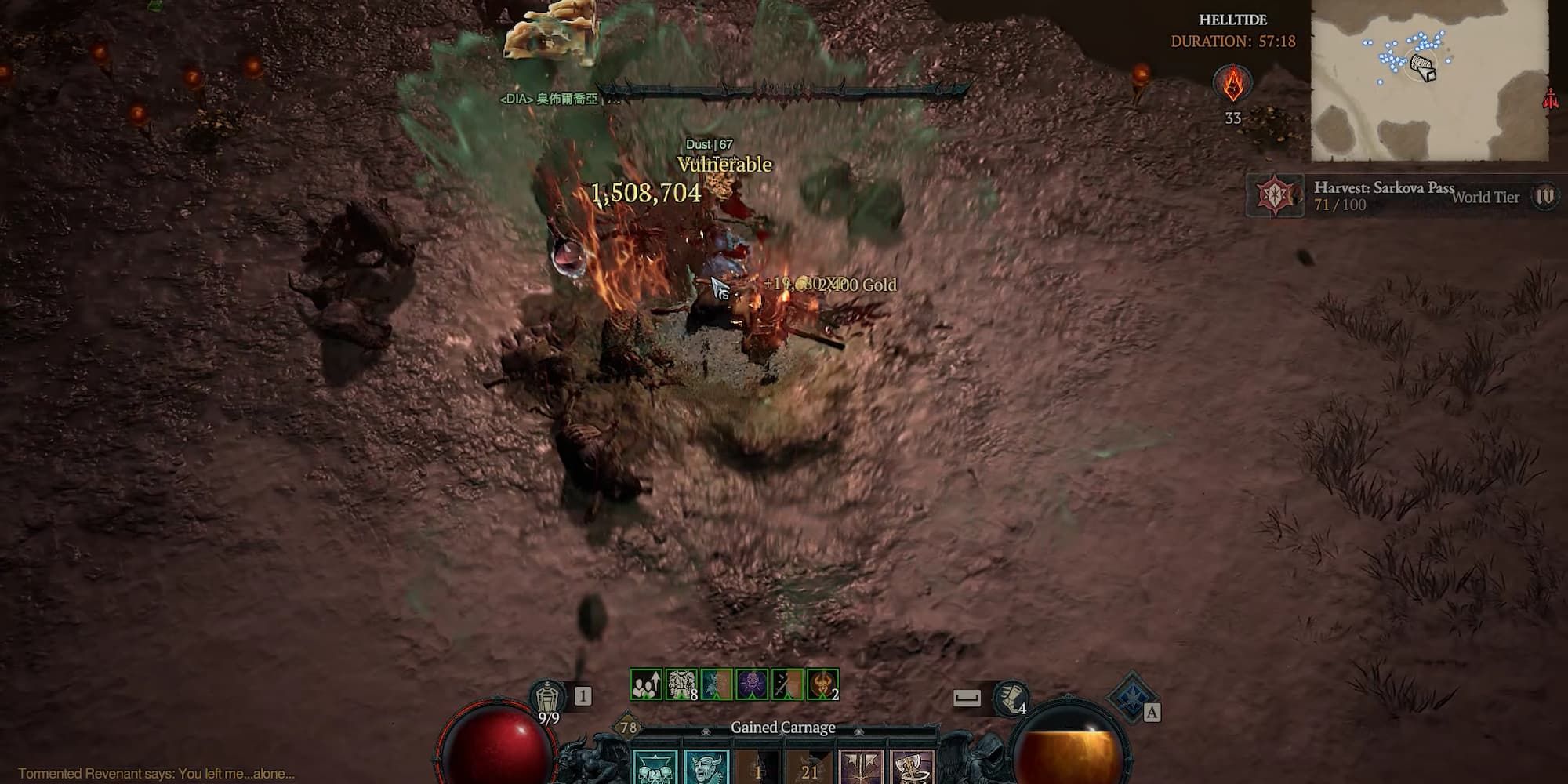
Unleashing Chaos: A Deep Dive into Diablo 4's Damage Buckets

Discover the intricate workings of damage calculation in Diablo 4 with an in-depth exploration of damage buckets Unravel the theory behind this crucial mechanic as shared by the passionate community of the game
In Diablo 4, beyond the hoards of demons, impressive abilities, and valuable loot, there is a fundamental focus on numbers. Every action taken by players in the game revolves around increasing their numbers, whether it is their character level, wealth, or the highest level of the Nightmare Dungeon they can clear. Ultimately, all of these accomplishments are determined by the amount of damage players are able to inflict.
Prior to the official release of the game, the Diablo 4 community has been diligently working to uncover the intricate calculations behind damage. Through extensive testing conducted by players from all around the world, a consensus has been reached that damage is categorized into distinct "buckets." These buckets effectively place a cap on the maximum damage numbers while also encouraging a wider range of character builds. Here is an explanation of how this system functions.
What Are Damage Buckets, and How Do They Work?
In Diablo 4, a damage bucket refers to a collection of damage sources that combine to create a significant multiplier. To prevent damage numbers from becoming excessively high, various stat modifiers are categorized into these buckets. This theory is supported by a publicly-accessible Google spreadsheet created by a player named SnowRaven, which organizes all the game's damage modifiers based on their corresponding damage buckets. As more information is confirmed or unearthed, this article will be regularly updated.
According to the tested info, there are five damage buckets:
Main Attribute (Strength, Dexterity, Intelligence, Willpower)
[x]% Damage (includes Skill Damage)
Crit Damage
[+]% Damage (includes "Damage vs.," Damage while," and "Damage with" affixes)
Vulnerable Damage
Player's damage is directly proportional to the weapon they use, and it is further multiplied by five different factors based on the damage buckets mentioned above. Modifiers within the same category are combined to create a larger multiplier. It is worth noting that attack speed is considered its own separate damage bucket, which affects the frequency of damage dealt rather than its intensity.
To illustrate, let's assume that each damage bucket provides a 10% bonus. In this scenario, an attack that originally deals 100 damage would instead inflict 165 damage. This example is not an accurate representation of the game's actual damage calculation, but it helps demonstrate how damage buckets can interact with one another.
When preparing for battle, it is advisable to prioritize accumulating damage modifiers that are either unconditional (such as Main Stat, Vulnerable, and Critical Strike Damage) or have easily attainable conditions (such as Core Skill Damage and Damage vs. Crowd-Controlled).
Enabling advanced tooltips is strongly recommended as it informs players whether an item's affix adds to the damage or multiplies it. This feature will facilitate the process of sorting through loot until players gain a better understanding of which stat belongs to which category.
Additionally, it is important to highlight that certain Aspects and skills are considered as independent sources of damage. For example, the Necromancer's Aspect of Serration functions as a distinct damage multiplier rather than simply adding to the existing Critical Strike Damage statistics. Whether this is intentional or not remains uncertain, but it is a factor to consider.
Diablo 4 is currently accessible on various platforms including PC, PS4, PS5, Xbox One, and Xbox Series X/S.














